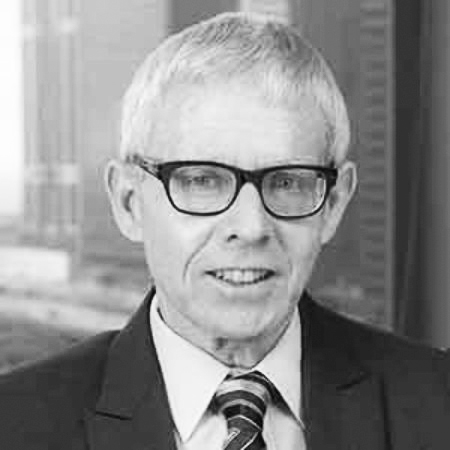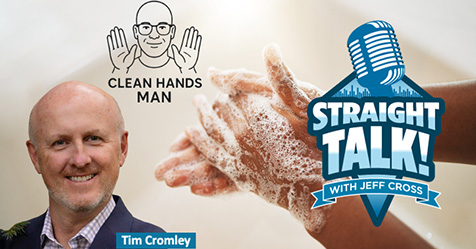Before the pandemic, proper mop care may have been easier to overlook. When you finished mopping the floor, you would rinse your mop (hopefully) and allow it to air dry. However, due to the pandemic, this may no longer be an acceptable practice.
Here is why. We know that using a professional cleaning solution to mop floors can prove effective at removing soils. However, in a 2014 study published in Clinical Microbiology Review, researchers concluded “the water used for mop rinsing usually becomes increasingly contaminated during this process, especially if used repeatedly without changing or if surfaces are heavily soiled and/or have not been cleaned within the previous 24 hours. The water then serves a medium for spreading microbes around the environment.”
Last April, a U.S. Centers for Disease Control and Prevention (CDC) report said the novel coronavirus could travel 13 feet through the air and be carried on people’s shoes. The report cited a hospital study that showed the virus can be tracked over the floor by medical staff, as indicated by the 100% rate of positivity from the floor in the pharmacy, where there were no patients.
These findings suggest that there is a chance that contaminants collected on mops in one facility can spread to another facility or different areas within the same facility, making mop care ever more important.
The takeaway here is twofold: 1) Cleaning professionals need to establish a mop care program that ensures mops do not spread pathogens. 2) Cleaning professionals should consider floor-cleaning alternatives, eliminating the use of mops, when appropriate.
Steps to “effective” mop care
No mop care program is perfect. That is why we put the word effective in quotes. Yet, we must do the most we can to keep mops as clean and pathogen-free as possible. Here are a few steps we can take:
- Use flat mops—String mops collect pathogens much easier than flat mops, and they can be much harder to clean and disinfect.
- Have many mop heads handy—Keep several mop heads on hand when working, changing mop heads frequently. Waiting until heads “look” soiled is too late.
- Wash mop heads—Both flat and string mops can be washed, removing most but not necessarily all pathogens. Still, mop heads should be washed after each use. Mop heads may be disposable with the length of time and/or areas of use specified.
- Clean the pole—Often overlooked, the mop pole collects pathogens, too. To remove germs, clean the pole with an all-purpose cleaner first and then again using a disinfectant, a two-step process.
- Clean the bucket—Follow the same steps used to clean the pole.
No-mop floor cleaning alternatives
Professionals do have alternative options when it comes to floor cleaning. Automatic scrubbers and what are called auto vacs are similarly effective to one another and do not require the use of mops. Both apply fresh cleaning solution to floors and then vacuum up moisture, along with soil and pathogens.
Auto vacs, as well as some automatic scrubbers, clean up to 25,000 square feet per hour or more, depending on the machine. Compared to mopping, this is a significant time savings, especially when cleaning large areas.
Clean and healthy tools
Cleaning professionals are now viewed as heroes when it comes to slowing the spread of the novel coronavirus and, as one cleaning expert said, getting America back to work. However, it takes more than just effective cleaning. It also requires making sure the tools we use are clean and healthy.




